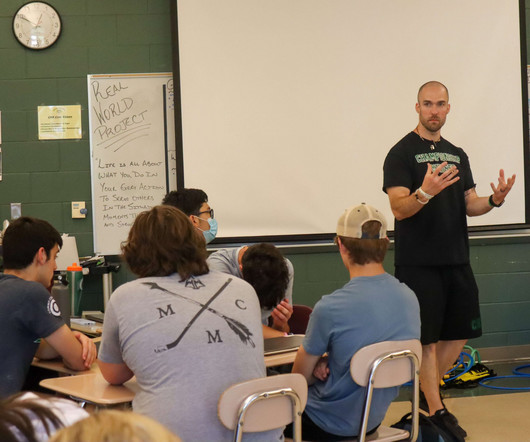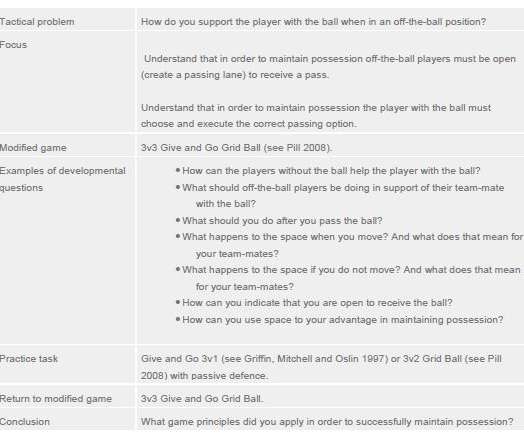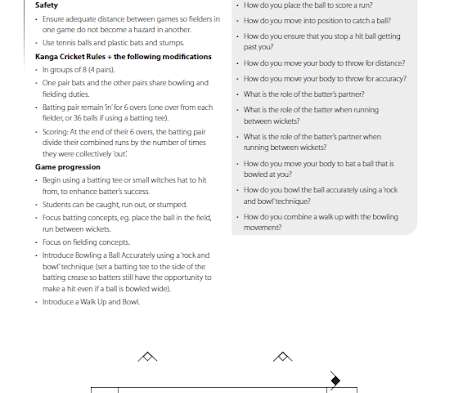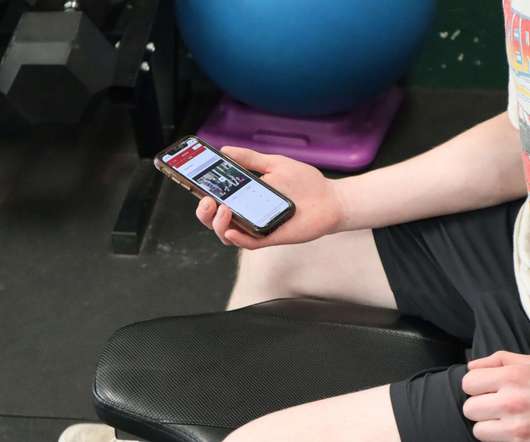Teaching Rhythm and Dance In Physical Education
The Physical Educator
FEBRUARY 16, 2023
Dance is a polarizing subject in the world of physical education: some teachers love to teach it, other teachers can’t even imagine themselves teaching it. Regardless of your personal comfort level with the activity, I believe dance should be a part of every student’s physical education experience.












Let's personalize your content